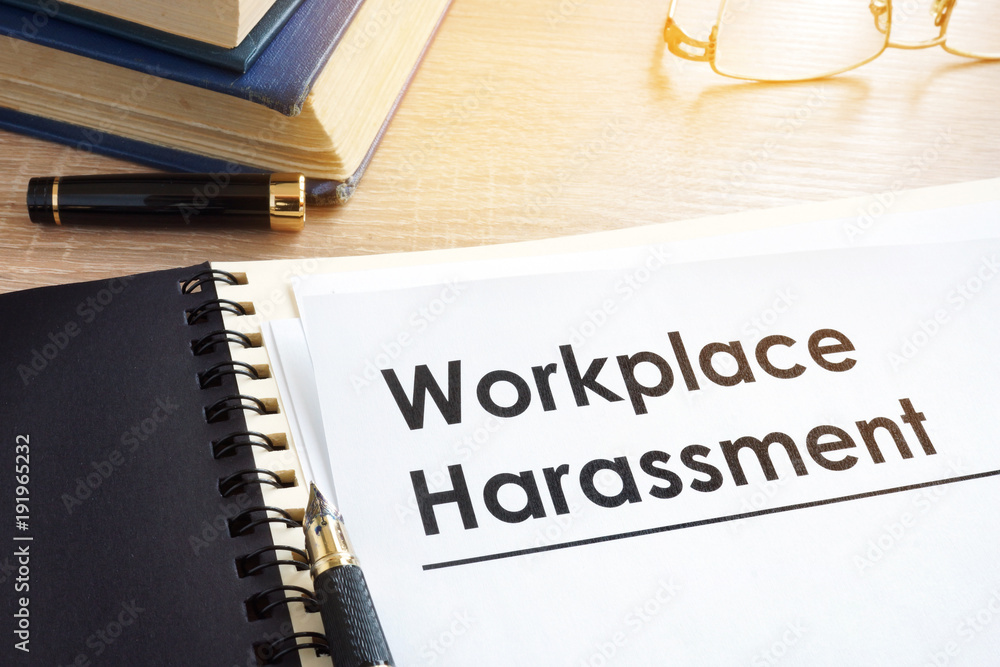Harassment and discrimination – two words no one wants to hear or experience, especially in the workplace. While at work, employees expect to be in a professional, safe and respectful environment. However, for many employees, this is not the case.
Unfortunately, regardless of company size or job title, any employee can be subject to both harassment and discrimination. Yet, there is a common misunderstanding of what exactly constitutes workplace harassment and discrimination. By having a clear understanding of what they are and how they can be connected, employees will gain a deeper understanding of how to protect themselves. Ultimately, everyone deserves to know their rights and their legal options.
Understanding What Harassment and Discrimination Look Like in the Workplace
When employees face uncomfortable or confrontational situations that are unwanted and include derogatory physical or verbal abuse because of their protected status, they are experiencing workplace harassment. For example, harassment can include unwelcome sexual physical contact, disparaging terms about an individual’s race, inappropriate comments about physical appearance, or mocking a co-worker’s accent or dress due to their nationality and religion. Specifically, workplace harassment can include:
- Unwanted sexual advances
- Intimidation
- Inappropriate and vulgar jokes or behaviors
- Assaults and physical threats
And more.
When an employee experiences unfair or different treatment to that of their co-workers as a result of being a member of a protected class, they are a victim of workplace discrimination. Protected classes include the characteristics listed below:
- Disability
- Sexual orientation
- Nationality
- Race or color
- Age
- Gender
And more, depending on the statute.
In other words, workplace discrimination occurs when an employee experiences treatment different to that of equal co-workers who are not in the same protected class. Examples of discrimination include firing a BIPOC employee for misconduct when non-BIPOC employees only receive disciplinary action, compensating a female manager less than her male co-workers, and allocating less favorable tasks to Muslim employees.
Now understanding what workplace harassment and discrimination look like, their differences are much more recognizable. However, it is possible for employees to experience both harassment and discrimination at the same time. What does this look like? Examples can include female employees receiving physical threats for reporting unwanted sexual advances, or BIPOC employees being subject to vulgar jokes while receiving less favorable assignments than that of their non-BIPOC co-workers.
How to Conquer Workplace Discrimination and Harassment
While it is challenging for anyone to experience unlawful behavior and remain calm, it can be incredibly challenging for employees. Employer retaliation is a real fear experienced by many employees following the reporting of inappropriate behavior, but everyone deserves to feel comfortable and safe in the workplace. If you, or someone you know, has been a victim of workplace discrimination or harassment, use these best practices to pave a path forward and potentially prepare for a legal battle:
- Take note of any discriminatory or harassing behavior. By taking notes of the specific details, you avoid the risk of forgetting crucial information. Important details include what happened, where it happened, when it took place, the names of witnesses and those involved, and what was said or done by each party, including you. Contemporaneous notes provide good evidence of harassment and/or discrimination.
- Take the high road. Communicate that unwanted behavior is unwelcome but do so in a professional manner and follow up with a note reiterating your discomfort. If this course of action feels unsafe, report the conduct to Human Resources as quickly as possible. Avoid sharing your situation with co-workers, especially on company property, time, and company-controlled communications, such as Slack or your work email.
- Report workplace discrimination if possible. While most organizations have a process for reporting harassment and discrimination, there are certain situations where reporting this behavior may not be an option. For example, if your harasser is the CEO of your organization, quickly seek advice from an attorney. It is crucial to remember that Human Resources is not there to protect you, but your employer. While they may help you, they may not have your best interests at heart.
It can be challenging to maneuver the details of these situations, but you are not alone. Having the right legal counsel is important, and it can significantly change your experience.
Ready To Speak Up? Consult Your Attorney
Ready to speak up? It’s time to learn about your legal options. While most employers can terminate you for almost any non-discriminatory reason, it is illegal for your employer to retaliate against you due to reporting harassing and discriminatory behavior. However, there is always a possibility that your employer won’t follow the law. With this, you need to carefully determine what steps to take.
Pamela Johnson is an attorney and member of Halunen Law’s Employment Litigation Group, an Employment Law Firm in Minneapolis that specializes in advocating for whistleblower and employee rights.
The post <strong>Workplace Harassment and Discrimination: What’s the Difference? </strong> appeared first on HR Daily Advisor.
